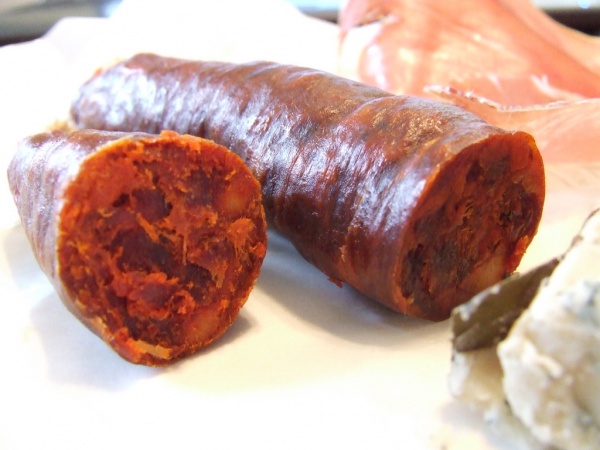Facts About Chorizo
Chorizo, known as chouriço in some regions, is a beloved pork sausage enjoyed worldwide. In Europe, this sausage is commonly fermented, cured, and smoked, which imparts its characteristic smoky flavor and vibrant red color from dried, smoked red peppers. It can be sliced, grilled, fried, simmered in liquids, or even used as a substitute for ground beef or pork in various recipes.
The term "chorizo" is derived from Late Latin, meaning "salted." It appears with different spellings and pronunciations across Iberian languages. In Spain, chorizo is made from pork and seasoned with garlic, smoked paprika, and salt, with regional variations that introduce unique flavors. In Portugal, chouriço typically includes pork, fat, wine, paprika, garlic, hot pepper, and salt, and it is a staple in both Portuguese and Brazilian cuisines.
In Latin America, Mexico boasts its own spicy versions of chorizo, crafted from various meats and native chili peppers. It is frequently used in tacos, burritos, tortas, and even as a pizza topping. Other Latin American countries also have their interpretations of chorizo. For instance, in Puerto Rico, there is longaniza, and countries like Ecuador, Argentina, Brazil, and Bolivia each offer their distinctive variations.
Chorizo has also found its way into South and Southeast Asia, in regions such as East Timor, Goa in India, and the Philippines, often influenced by Portuguese colonization. In the United States, chorizo is especially popular in areas with significant Mexican influence, such as the Southwest and near the Mexican border. Louisiana's Creole and Cajun cuisines feature a variant called chaurice, which is commonly used in dishes like red beans and rice.

 United States
United States